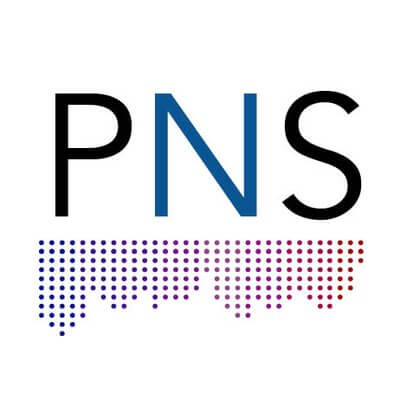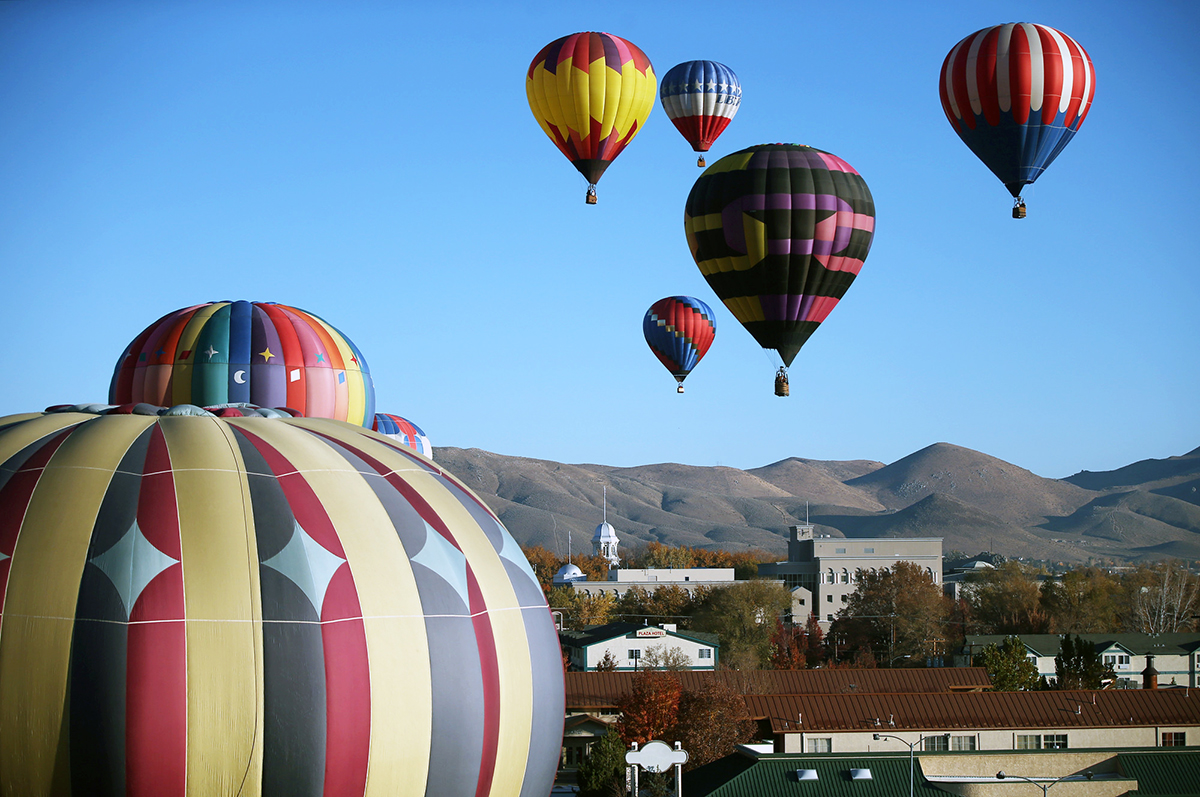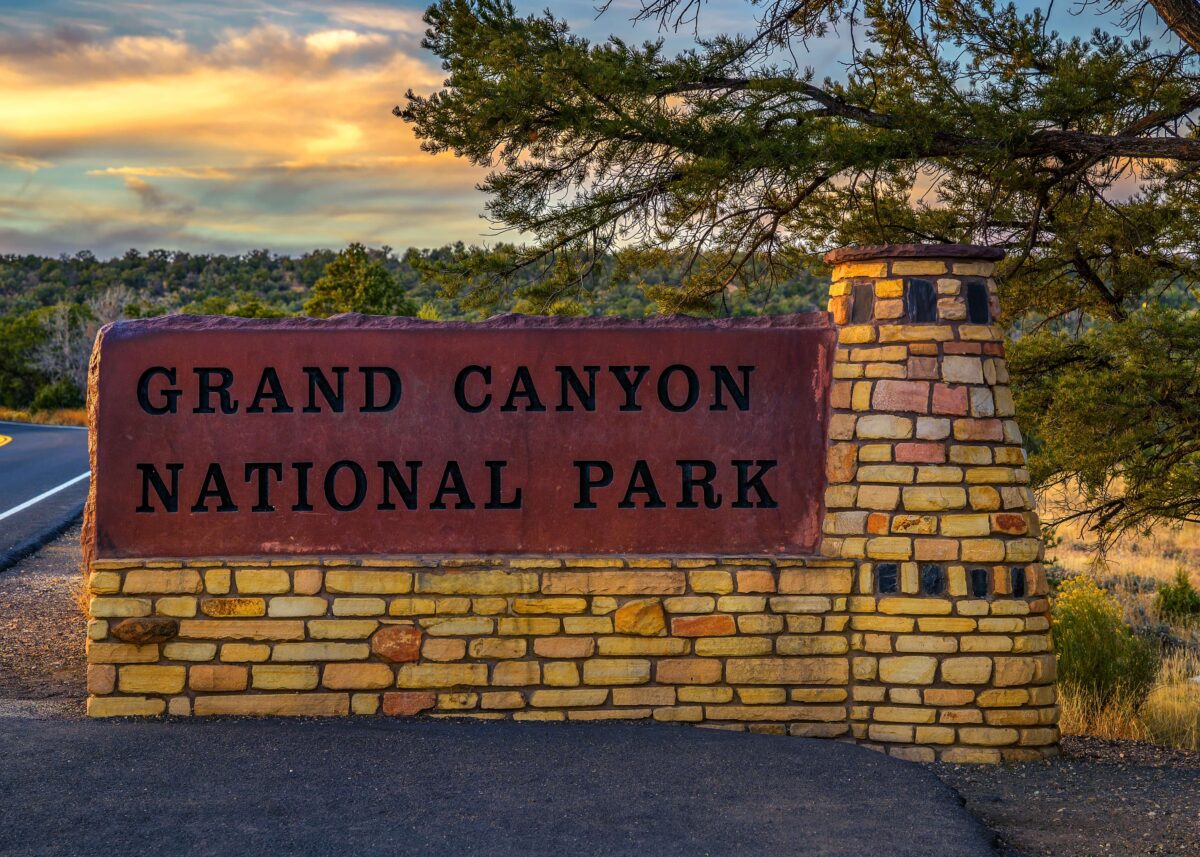
Emissions from vehicles and power plants in Southern Nevada are drifting over nearby national parks, from the Grand Canyon to Death Valley, leaving a haze of pollution over the protected areas. (Adobe Stock)
The study found the Las Vegas region sends thousands of tons each year of nitrogen oxide emissions into national parks, including the Grand Canyon and Death Valley, as well as the Lake Mead National Recreation Area. The Trump administration wants to cut what it said are “excessive” federal regulations on pollution and shift rulemaking power to the states.
As part of the push, conservative leaders want to repeal a 2009 federal court Endangerment Finding, which is the foundation for regulating greenhouse gas emissions. The EPA is also reconsidering its Regional Haze Program, which was designed to protect visibility and air quality in national parks.
Mark Rose, Sierra Nevada and senior clean air program manager for the association, said when urban pollution is not controlled, national parks in rural areas can suffer from the same bad air.
“Pollution from vehicle tailpipes doesn’t follow park boundaries,” Rose pointed out. “Much of the pollution that we see is coming from these urban areas that can be hundreds of miles away from a park but is traveling and then impacting air quality in the national park.”
Rose added if the federal government relaxes regulations governing carbon dioxide and nitrogen oxides, dozens of America’s natural wonders could have little or no protection from millions of tons of the gases every year.
Related: New study finds that air pollution could be threatening the success of IVF treatment

Las Vegas tackles urban heat with free tree distribution program
Looking to spruce up your front lawn? Las Vegas is offering free trees (and an irrigation system!) to residents in select zip codes. On Wednesday,...
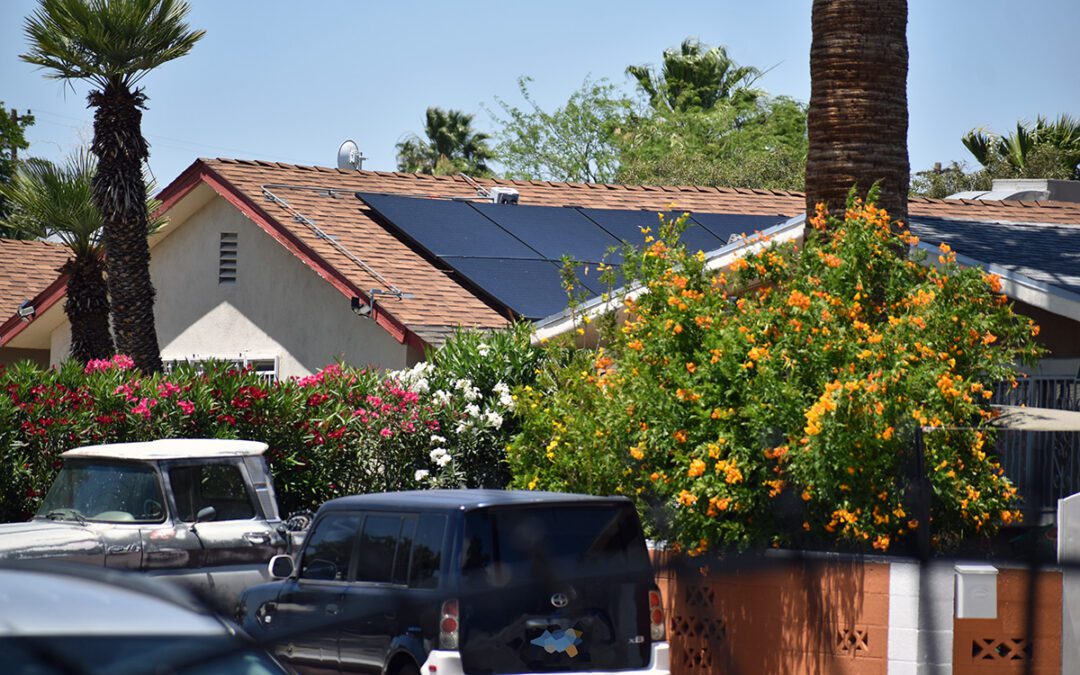
Two NV lawsuits target solar policy that could raise rates
By Suzanne Potter The Public Utilities Commission of Nevada is facing two new lawsuits over its recent approval of NV Energy's rate case. For...

Can I leave my car running while I’m not in it? What Nevada law says
By Carly Sauvageau and Jaedyn Young, Reno Gazette Journal The mornings are getting colder, and Renoites heading to work or school may be tempted to...

A new chapter begins: West Las Vegas Library opens its doors to the community
The new West Las Vegas Library officially opened on December 9. Here’s everything you need to know. On December 9, Las Vegas began an exciting new...
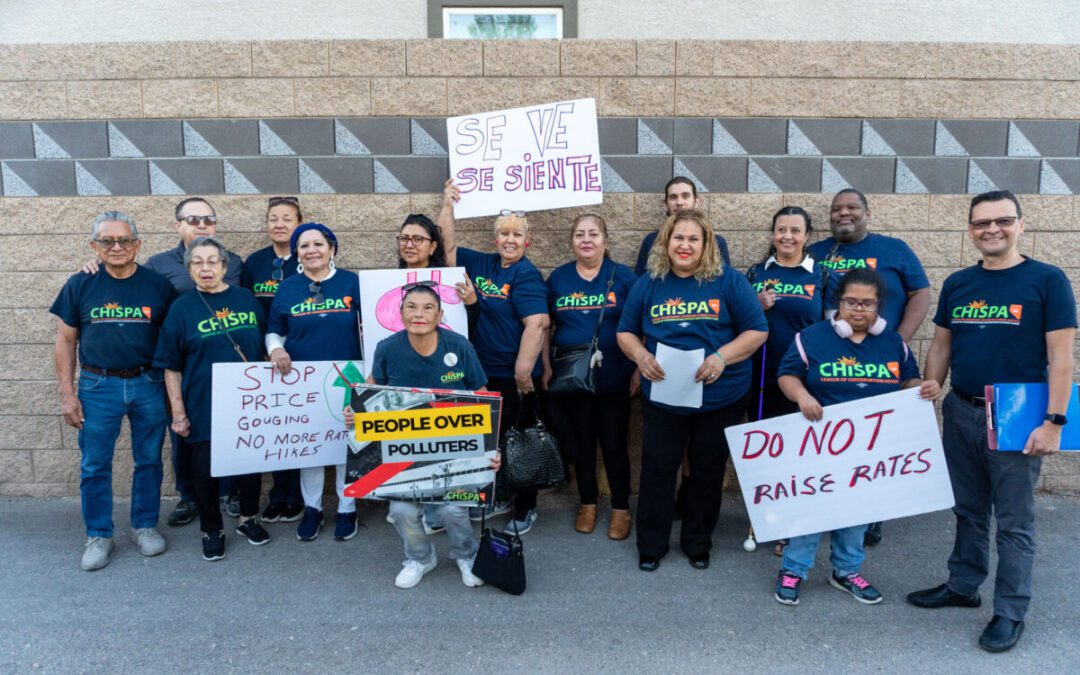
Year-end report: NV saw some big clean energy wins in 2025
By Suzanne Potter Nevada clean energy groups have made good progress in 2025, according to a new report from the League of Conservation Voters. The...

Experts take issue with report on lower pesticides in NV groundwater
By Suzanne Potter A new report from the U.S. Geological Survey finds that levels of 22 toxic chemicals in groundwater have declined...

